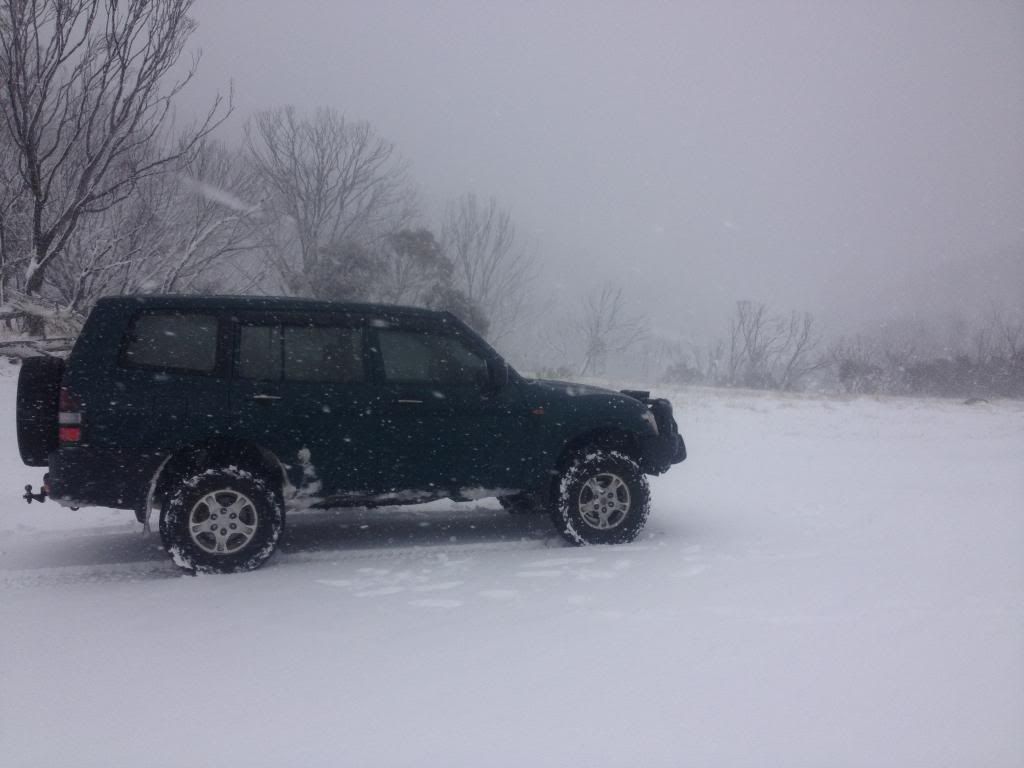This weekend was the first chance to drive on well packed and icy tracks using the standard Highway Tread tyres at normal pressure - 36psi.
I found it essential to turn off ASC in 4HLc to stop it sliding sideways at front or rear when braking.
When going downhill I found it best to slow down using the Handbrake - but making sure you ease off if it slides due to a rear wheel locking.
I found it essential to turn off ASC in 4HLc to stop it sliding sideways at front or rear when braking.
When going downhill I found it best to slow down using the Handbrake - but making sure you ease off if it slides due to a rear wheel locking.
![Clap2[1]](https://www.pajeroforum.com.au/core/smilies/0/0/5/4/3/6/images/smilies/clap2[1].gif)
![Drive[1]](https://www.pajeroforum.com.au/core/smilies/0/0/5/4/3/6/images/smilies/drive[1].gif) )
)
![Beer[1]](https://www.pajeroforum.com.au/core/smilies/0/0/5/4/3/6/images/smilies/beer[1].gif)

Comment